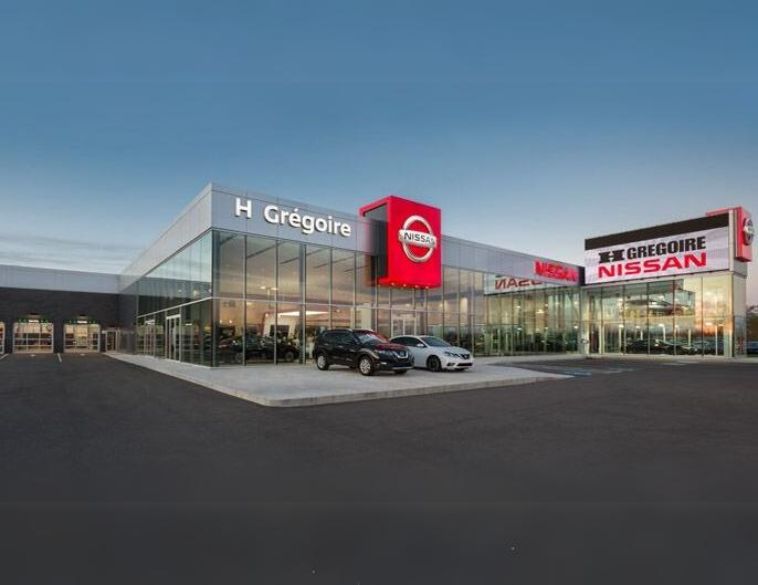Non-traditional approaches to credit worthiness can help you qualify more buyers.
What if there were a way to qualify car buyers who didn’t have a credit score? Or were not deemed to be creditworthy?
The answer may be in using alternative data, an innovative means of identifying car consumers through different types of data. This includes insights from banking, peer-to-peer lending, chequing, and savings, to name a few.
It can come from any source that has insight into how a consumer is handling credit load or payment debt, according to Craig Stokum, Director of Automotive at ID Analytics. “How are they paying their cellphone, cable and utility bills?” he asks. “Are they active in the online lending channels? Are they out there actively engaging in payday loans or making rental payments? It’s anything that’s payment related.”
There’s the traditional credit data that everyone finds on their standard credit report, such as auto, mortgage, and credit cards. “We’ve developed a contributory methodology that feeds data into our network,” explains Stokum. “As clients engage with us, and request a solution from us, they’re allowing us to take the event data.”
Network
In other words, the application becomes a piece of data in the network. Once the application is accepted, the lender reports how the consumer is doing. “Are they going 30 days past due, 60 days past due?” asks Stokum. “That becomes an obligation of the lender to report, and is part of the ecosystem that keeps lenders protected. It enables them to accurately assess credit risk for consumers.”
This type of approach is starting to emerge in the United States. Stokum says he recently had a conversation with a large dealer group in the U.S. on how they might leverage the data. “They’re looking to align with how their lenders buy,” he says. “They’re looking to align at the same level of visibility and information that their lenders are using to do credit assessment.”
Risk appetite
In Canada, Andrew MacDowell, Director, Advisory Services, DecisivEdge, explains that one of the services his company provides is a data sciences practice, which helps a company take their current information and use it in a way that they’re not currently using it.
“If a car dealer has 10 people apply for a loan for a car every month, and can only approve six of them, how can he make that number seven or eight?” he asks. “They have to fundamentally look at how they’re lending today, and whether they’re okay increasing their risk appetite.”
Most banks will pull a variety of numbers for a loan applicant, such as workplace, income, and timely payments. “They shove it into a computer, and out spits an automated decision,” says MacDowell. “It happens a lot faster, and you are told ‘yes’ or ‘no’ on the spot.”
The challenge with that system is that some of the people have been denied by a system that’s flawed. “If you were to sit down and look in more depth at those people, and actually had a physical look at their portfolio, their history and their payments and their credit history, you may be able to say ‘yes,’” adds MacDowell. “If you were just able to do that in 60% of the situations, you could increase the number of people you’ve approved by maybe 10 to 15% every day, every week, every month, and that has a significant financial impact.”
Most of that information is already on the credit application itself. “So instead of looking at it in an automated fashion, you may choose a few of those applications you’ve said no to and look at them in more detail manually,” says MacDowell.
Human aspect
“You have to have an appetite to increase your risk a little bit,” MacDowell says. “And then, you have to have the wherewithal to invest in your sales staff to spend a little more time on some of those applications.”
As an example, MacDowell cites MBNA in the U.S., where he worked for a number of years. “It grew to be the largest MasterCard issuing bank because we physically took in applications manually for the first 10 years of our business,” he says. “I can remember weekends looking at a piece of paper. That’s how we made our decisions. We were giving people a chance, and we had the lowest delinquency rate of any bank in the country.”
It also applies a human aspect to credit. “If a consumer is on that marginal curve with their credit score, and someone says ‘yes,’ you’re their customer for life,” says MacDowell. “You can increase your ability to generate lasting relationships with your customers by taking this approach.”
The response to his organization has been very good. “We’re diving deep into the Markham community, but looking to offer our services nationally,” he explains. “We have a lending and leasing product, and offer a cloud service host along with it, that was built for the automotive market. We’ve sold it to automotive companies, and we’re hoping to expand that product in Canada very specifically.
“But it takes an organization that has somewhat of an appetite to be different, to make a change like this that will work for them and help them snag that larger piece of the pie.”



